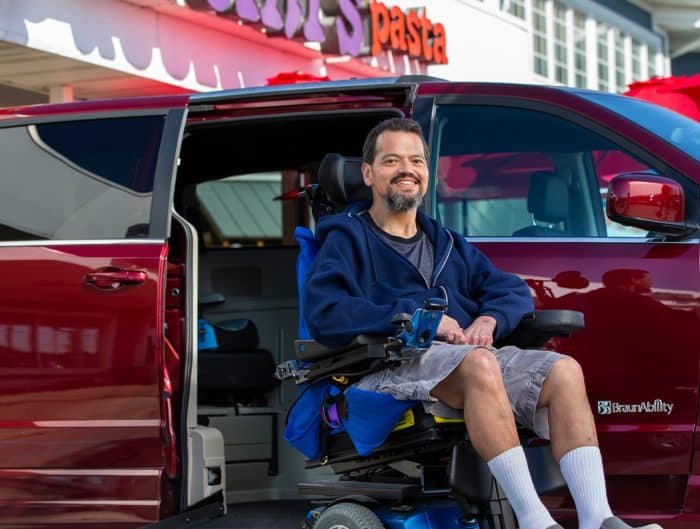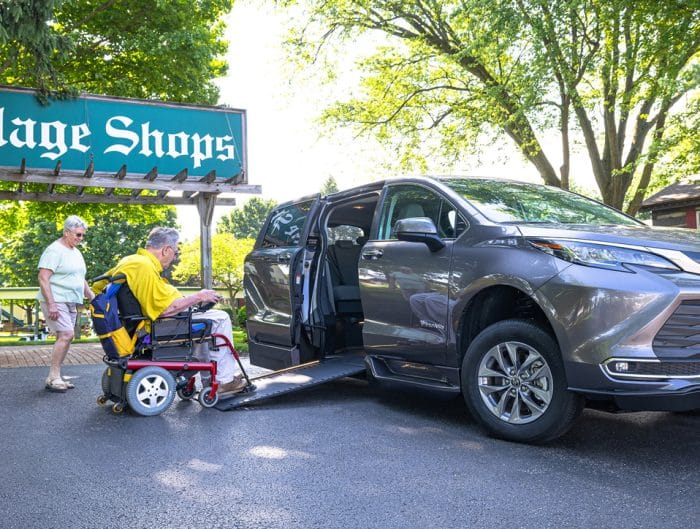At the American Stroke Association’s International Stroke Conference 2011 [http://www.newsroom.heart.org/index.php?s=43&item=1254], researchers premiered a robotic therapy can help recovering stroke patients regain function in their arms. The patient’s arm or leg is attached to a robot which goes through a series of programmed movements that simulate tasks that will be performed in real life. It helps patients regain a range of movement in their limb as it is slowly stretches and works the muscles.
This new technology could reduce the need for a human therapist, and according to the study, this robotic therapy helps stroke patients restore range of movement [http://www.ivanhoe.com/channels/p_channelstory.cfm?storyid=26362] in their arms more efficiently than traditional therapy. “Combining robotic exercise with regular rehabilitation may be the key to successful intervention,” Kayoko Takahashi, Sc.D., O.T.R., lead author of the study.
Beyond the physical rehabilitation, these kind of developments and self therapy build a sense of self-efficacy and strength in patients that many have lost. There is hope in less expensive, but very effective physical therapy options for stroke patients.
- Researchers selected five such pre-programmed movements. For instance, in one of the movements, “forward reach,” the robot helps patients extend their arms forward as if reaching for something in front of them.
- Therapists also selected from five levels of robotic assistance according to what was most appropriate for the patient, from movement entirely guided by the robot and passive on the patient’s part, to movement actively performed by the patient.
- The successful test of robots adds a new wrinkle to stroke rehabilitation strategies, Takahashi said. While repetitive movement is an essential therapy, physical and occupational therapists aren’t always available to provide care, and self-training, if not done correctly, can result in pain and disability.
- “Robots, on the other hand, can carry out the repetitive movement exercise with exactly the right movement pattern to prevent misuse,”
- .
Losing your independence can be emotionally draining as well as physically impairing. We love seeing innovative new technologies that help those suffering from mobility loss. What interesting mobility technology are you excited about?





Leave A Reply